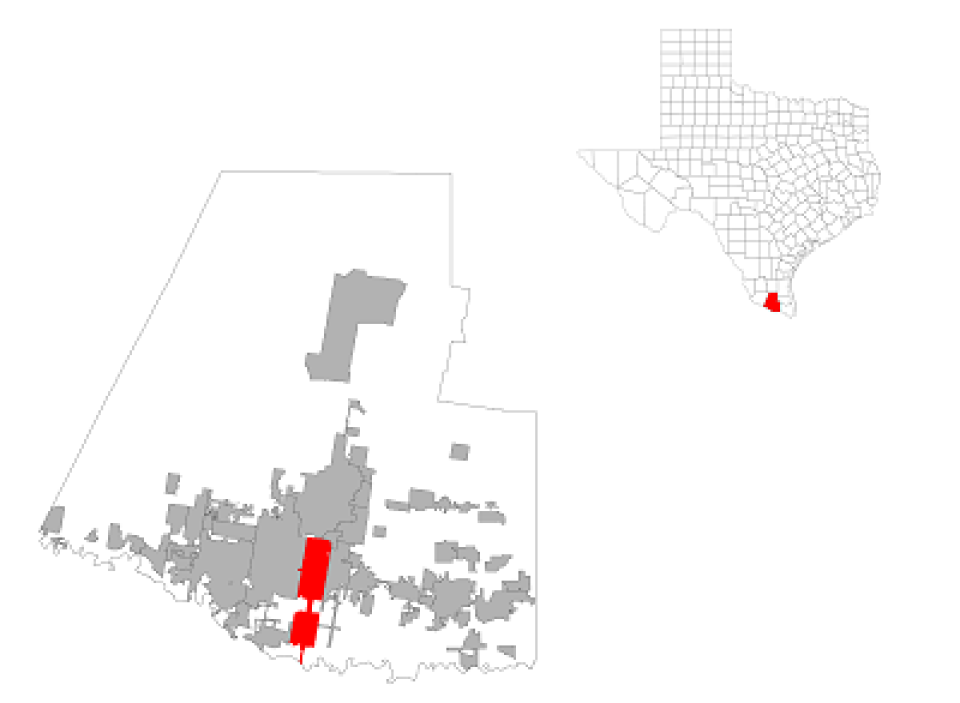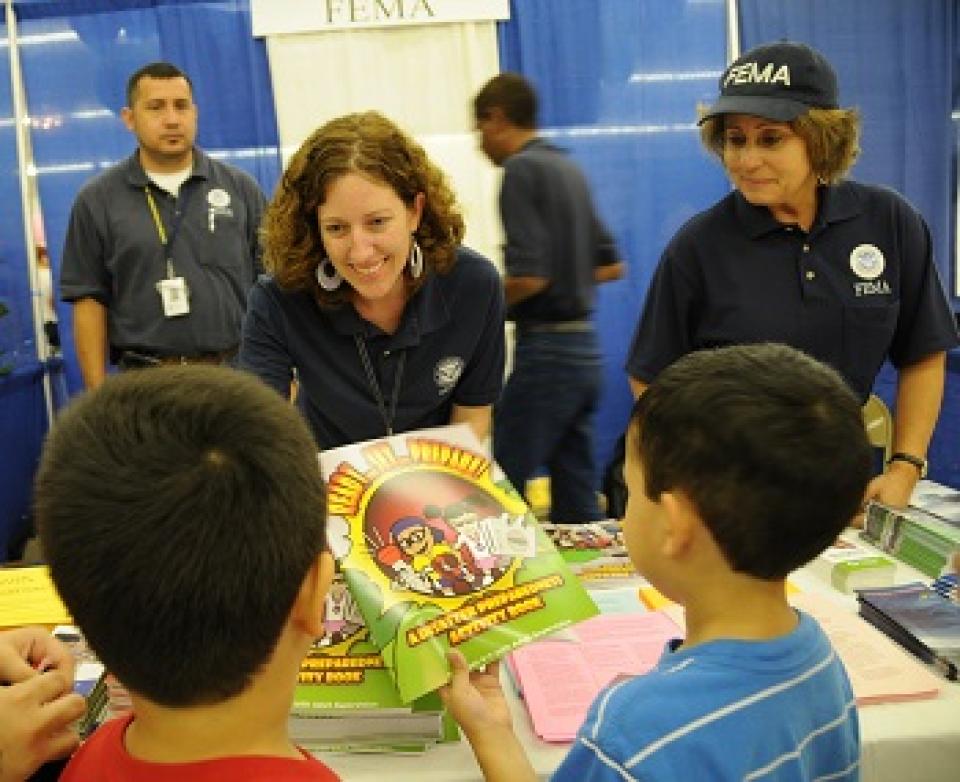
Fast, affordable Internet access for all.

On the southern border of Texas in the Rio Grande Valley, Pharr Texas is the home of the largest commercial bridge from Mexico into the U.S. Now, the city is working on building an equally impressive virtual bridge to every home in Pharr with the construction of a municipal fiber-to-the-home (FTTH) network.
The progression has been steady despite pandemic induced setbacks, as city leaders are determined to solve the connectivity challenges in Pharr by leveraging the assets the city already owns while taking advantage of the unprecedented amount of federal funds now available to help communities expand access to broadband. To that end, the city has created regional partnerships, completed a feasibility study, and launched a pilot project. Now, Pharr officials are moving ahead with the construction of a city-wide municipal network.
Wake Up Call in Rio Grande Valley
Pharr has a population of almost 80,000 people of which 94 percent identify as Hispanic or Latino with over 30 percent of families living below the poverty line. Their public meetings are often bilingual. But, it was in 2015 that the Federal Reserve Bank of Dallas reported that the Rio Grande Valley was on the wrong end of the digital divide. The report also highlighted the impact that had on the communities in the region:
The study involved focus groups with colonia residents. One theme that arose from the conversations with residents was the lack of access to the internet. The report found that the digital divide was a factor preventing residents from accessing regional labor market opportunities. Additionally, the report described the challenges colonia students face in school because of their inability to complete homework assignments due to lack of internet service and computers at home.
When earlier this week ILSR caught up with Jordana Barton Garcia, author of the report, she explained that “colonias” are informal neighborhoods where people live with no (or limited) infrastructure. Residents are sold lots without existing infrastructure, from water to broadband.

When it comes to broadband, the city is served by AT&T, Spectrum, and T-Mobile Home Internet. But, even with those telecom giants offering service, the digital divide persists. The Fed’s report spurred a meeting of Rio Grande Valley community members from which the Digital Opportunities for the Rio Grande Valley (DO4RGV) was formed. Members include representatives from the Federal Reserve Bank of Dallas, The University of Texas Rio Grande Valley, the Texas Association of Telecommunications Officers and Advisors and several city governments and more.
Since writing the report, Garcia has been working with Pharr, first in her role with the Federal Reserve Bank and now through the Connect Humanity Fund.
Rio Grande Valley Broadband Getting Better Together
They quickly found that working collaboratively as a region was much more effective than working as separate communities. They also learned to reframe broadband, not as a problem, but as part of the solution for a variety of social needs including healthcare, education and economic development. Collectively, they decided to create, Pharr Life Net pilot program, a demonstration middle-mile project with the city of Pharr and Pharr–San Juan–Alamo (PSJA) Independent School District.
With the help of Garcia, they learned about the options they had for broadband and also understood the possibility that pursuing a municipal broadband model could invite unwanted attention from national providers looking to quash competition, as we have seen with numerous proposals to build municipal networks in other communities across the country.
In the summer of 2017, the group announced the creation of Pharr Life Net, a plan to bring FTTH to Pharr residents and businesses. They started with a $100,000 feasibility study funded by a Federal Reserve Bank and BBVA Compass banks grant. A year later, the City of Pharr invested $90,000 in a pilot project to connect 50 families to fiber service in South Pharr.
From the onset there were two objectives: bring fiber connectivity to every home and create an open access network, where local government retained ownership of middle mile infrastructure and broadband providers could lease from the last-mile municipal network to provide retail services to residents.
Dr. Ambrosio Hernandez, the mayor of Pharr, and PSJA ISD Superintendent Daniel King managed the pilot project. The primary goals were to increase educational opportunities for students and families. Evaluations of families after having broadband found the students did better in school and prepared them for life after school. The team was motivated.
Progress Doesn’t Happen Overnight
Despite progress, Pharr found itself still on the worst connected cities list as many families were struggling to keep up with school, healthcare and work with inadequate broadband. Mayor Hernandez pushed the South Texas Congressional Delegation to secure a waiver from the USDA to get funding for broadband. As a result, in May 2021, the City of Pharr announced TeamPharr.Net:
The project, TEAMPHARR.NET, will install 2.1 million feet, or 398 miles of fiber-optic cable to 24,000 residential and business accounts. The network will provide an internet speed of 1 giga[bit] – fast, reliable, accessible, and affordable for Pharr families. The project has been undergoing a preliminary network study these last few weeks and is expected to start building its core as Part of Phase II in this project. Subsequent phases will be used to build the network in the south part of the city, the mid part of the city, and the north part of the city. Eventually, the entire city will be lit-up and “ready” for use by June of 2022.
It turns out that timeline was ambitious, especially given the impact of COVID, but they are back on track. In April 2022, the City of Pharr again announced the new network, as Mayor Hernandez noted, “I didn’t know how long this thing [the pandemic] was going to last,” Hernandez said. “Now that it’s turning the corner and our finances were not affected, we’ll now attempt to move on. We’re just 12 months behind, so it was a perfect opportunity for us to take off.”

The construction of the network has been managed by Graybar. The city will own the network and has eyes on extending the network to surrounding cities, as outlined in its Strategic Plan.
Local Ownership, Strong Partners
The expected cost to build the network is $59 million. Garcia explains that funding comes from a blended capital stack, including $12 million from the city's Rescue Plan funds and $47 million from revenue bonds. (*Note this paragraph updates a previous version of this story to provide a more accurate cost estimate and further financing details).
City leaders are also hoping to take advantage of BEAD dollars coming to the state as well as recent changes in the Community Reinvestment Act. Speaking at a groundbreaking ceremony in December 2021, Mayor Hernandez explained the city commission’s reasoning for moving forward with funding:
I think the other cities, if they should choose to, with the county… everything is about partnership. I envision us being able to partner with the state and the federal government, or the even the county and the cities, saying, you know what, this is a priority for us, why not allocate the proper funding, even if you have to leverage money, even if you have to borrow money, long term debt, that is fine, grants, whatever you have to do, it is possible. All you really need is the will to do it and move forward and execute.
The ethos of partnership and working together was also prevalent in a recent Community Broadband Bits Podcast with Jose Pena, IT Director for the city, and Guillermo Aguilar, a Partner at Brownstone Consultants who is also serving as a project manager for the Pharr network build. They explain how the project has been made more affordable by working together as a team with all the city’s partners, including GrayBar, Corning, and Calix. In fact, the collaborative relationship is what led to the city being awarded the Governor’s Texas Award for Performance Excellence (TAPE) from the Quality Texas Foundation (QTF).
The pricing to local residents will stir envy in many of us with two-tiered service. The city’s service offers symmetrical 500 Megabits per second (Mbps) service for $25/month or a symmetrical Gig for $50/month.
The goal is to have a take rate of 65 percent with affordable prices made more attractive by Pharr’s partnership and promotion of the federal Affordable Connectivity Program.
Pharr is becoming a regional broadband leader by providing FTTH through local ownership. Their next phase is to expand to neighboring cities but also to build digital equity and workforce development with programs that will get local residents involved with supporting the local broadband network. The local investment in the infrastructure is building more a communication tool and an opportunity to build local skills. It is an investment in people as much as technology. We may hear more about those plans very soon.
Watch promotional video on TeamPharr.Net below:
*A previous version of this story could have led a reader to believe that Pharr wanted to discourage national providers from investing in Pharr. We updated the langauge to make it more clear the city was not discouraging investment but understood that national providers may have sought to distrupt their plans.
Header image of Pharr–Reynosa International Bridge courtesy of City of Pharr, no copyright infringement is intended
Inline image of FEMA employees handing out coloring books in aftermath of Hurricane Dolly courtesy of NARA & DVIDS public domain, Patsy Lynch
